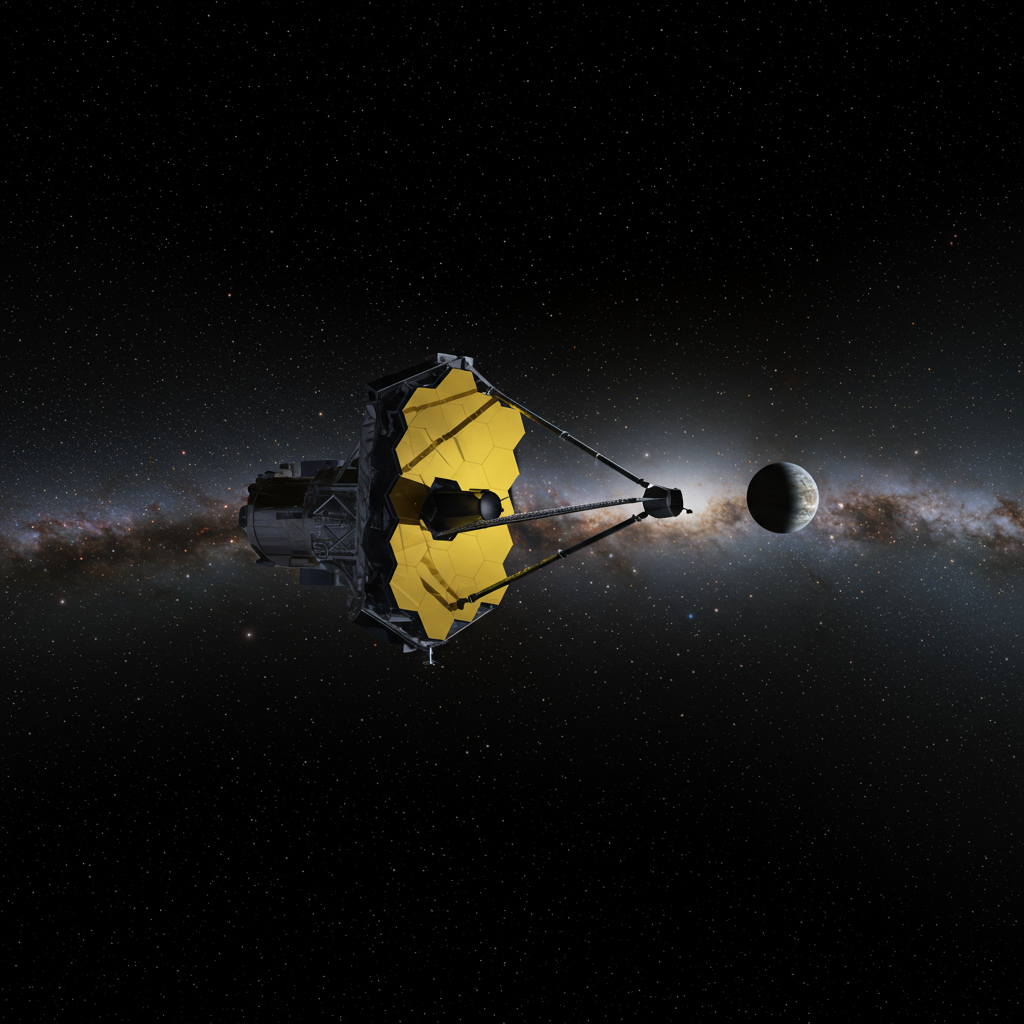For centuries, prime numbers have vexed mathematicians. These fundamental building blocks of arithmetic – numbers divisible only by one and themselves (like 2, 3, 5, 7) – appear scattered seemingly at random across the number line. Predicting their occurrence or finding a definitive pattern has been a persistent challenge, often dubbed math’s “white whale.”
Even ancient methods, like the sieve devised by the Greek mathematician Eratosthenes in the third century BCE, were essentially sophisticated ways of checking for divisibility. While ingenious for its time, this technique highlights the core difficulty: identifying primes traditionally requires painstakingly testing potential factors. More than two millennia later, fundamental detection methods still rely on this principle, underscoring just how elusive primes remain.
Why Do Prime Numbers Matter?
Despite their unpredictable nature, primes are anything but mere curiosities. They are the atoms of the number system. Just as atoms combine to form molecules, prime numbers can be multiplied together to create every other integer. This foundational role makes them crucial across various fields, perhaps most notably in modern cryptography.
Systems like RSA encryption, widely used for securing online transactions (think credit card numbers), rely heavily on the difficulty of factoring very large numbers into their prime components. The security hinges on the fact that while multiplying two large primes is easy, reversing the process – finding the original primes from the huge product – is computationally extremely hard for standard computers. This practical application highlights the immense value in understanding these unpredictable numbers.
An Unexpected Connection Emerges
Given their history of defying prediction, any new insight into the structure of primes is significant. Recently, a team of mathematicians made a remarkable discovery, finding a surprising link between prime numbers and another fundamental area of number theory: integer partitions.
What are integer partitions? They involve breaking down a positive integer into a sum of positive integers, regardless of order (e.g., the partitions of 4 are 4, 3+1, 2+2, 2+1+1, 1+1+1+1). While seemingly simple combinatorial objects, partitions have deep connections to various mathematical concepts, including a type of equation known as Diophantine equations, which seek integer solutions.
The groundbreaking finding, led by mathematician Ken Ono of the University of Virginia, revealed that prime numbers are, astonishingly, the solutions to infinitely many specific Diophantine equations expressed using partition functions. In essence, this means properties of integer partitions can be used to detect primes in entirely new ways, bypassing traditional divisibility checks.
“It is remarkable that such a classical combinatorial object – the partition function – can be used to detect primes in this novel way,” commented Kathrin Bringmann, a mathematician not involved in the study.
Implications of the Discovery
This unexpected link between two seemingly unrelated fields of mathematics is profound. It offers mathematicians entirely new theoretical tools for studying primes and could stimulate fresh thinking across different subfields of mathematics.
Ken Ono noted the surprising nature of the discovery, which was even sparked by a student’s question. What’s more, the findings rely entirely on existing mathematical concepts, suggesting the connection could theoretically have been made decades ago. Yet, its discovery now provides powerful new avenues for research.
While this breakthrough doesn’t immediately mean the world’s cryptographic systems based on prime numbers are vulnerable, it underscores the ongoing importance of research in this area. Understanding the deep structure of primes is especially critical when considering future technological shifts, such as the potential development of efficient quantum computers, which could pose a challenge to current prime-based encryption methods.
Published in the journal PNAS, this research offers a powerful new perspective on the fundamental nature of prime numbers, suggesting there’s more structure to math’s “unpredictable objects” than previously imagined.




